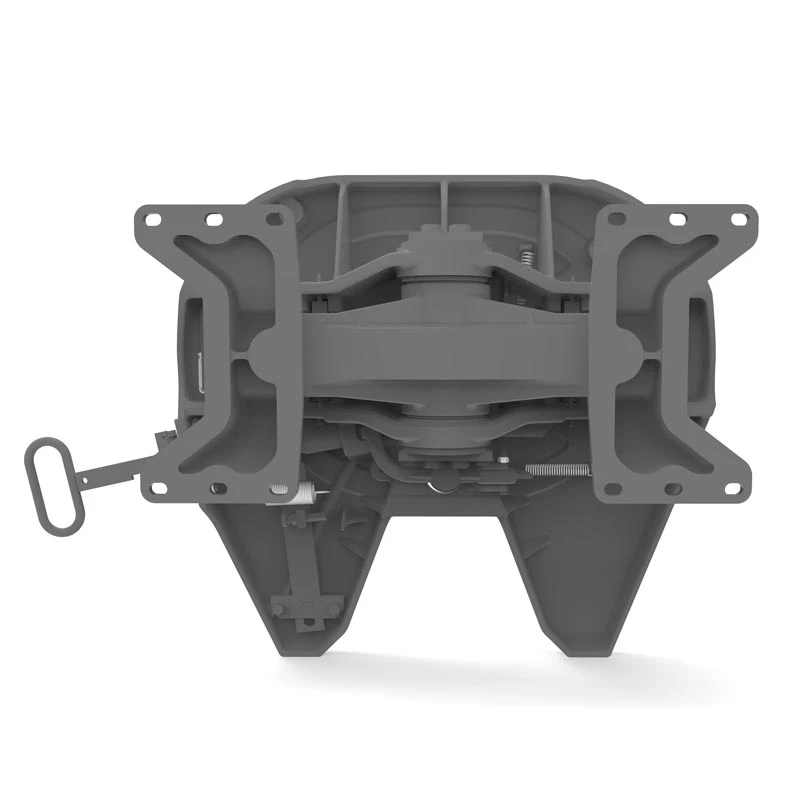aug . 08, 2024 05:55 Back to list
Essential Guide to Comprehensive Fifth Wheel Inspection Checklist for Safety and Maintenance
The Importance of a Fifth Wheel Inspection Checklist
When it comes to towing trailers, the fifth wheel system stands out as one of the most reliable and efficient methods. However, just like any mechanical system, it requires regular inspections to ensure safe and effective operation. The famous fifth wheel inspection checklist is an invaluable tool for both novice and experienced operators, helping to maintain the quality and safety of their equipment.
Understanding the Fifth Wheel Setup
A fifth wheel coupling system is primarily used in heavy-duty trucks for the purpose of towing trailers. It consists of a rotating plate mounted on the truck's chassis, which connects to a pin on the trailer. This design allows for better maneuverability and weight distribution compared to traditional hitching systems. However, the complexity of this arrangement necessitates regular maintenance and inspection.
Key Components of the Inspection Checklist
1. Visual Inspection of the Fifth Wheel Plate Start by examining the fifth wheel plate for any visible signs of wear or damage. Look for cracks, corrosion, or excessive wear on the surface. Any significant defects can compromise the security of the connection between the truck and trailer.
2. Grease and Lubrication Proper lubrication of the fifth wheel is crucial for its operation. Check the lubrication points and ensure that they are adequately greased. Insufficient lubrication can lead to increased friction, overheating, and ultimately, mechanical failure.
3. Inspect the Locking Mechanism A malfunctioning locking mechanism is a leading cause of accidents. Check to ensure that the jaws of the fifth wheel are functioning correctly and that they securely engage and disengage from the trailer pin. Test the mechanism manually to confirm that it operates smoothly.
famous fifth wheel inspection checklist

4. Safety Pins and Mechanisms Confirm that safety pins are in place and functioning correctly. These pins act as a secondary safety measure to keep the trailer secured in the event of a primary failure. Any broken or missing safety pin should be replaced immediately.
5. Weight Distribution Improper weight distribution can lead to instability and accidents while towing. Make sure that the trailer is loaded correctly and that the weight is evenly distributed across both the truck and trailer axles.
6. Condition of the Trailer Frame and Tires While not directly related to the fifth wheel connection, the overall condition of the trailer is essential for safe towing. Inspect the trailer frame for any signs of damage and check the tires for proper inflation and tread wear.
7. Electrical Connections Ensure that the electrical connections between the truck and the trailer function correctly. Faulty lights or signals can lead to dangerous situations on the road.
The Importance of Regular Inspections
Regularly following a detailed fifth wheel inspection checklist not only enhances safety but also prolongs the lifespan of the equipment. It helps identify potential problems before they escalate into serious issues, ultimately saving costs associated with repairs or replacements. Additionally, regular inspections are often required to comply with industry regulations and standards.
In conclusion, the famous fifth wheel inspection checklist serves as an essential guide for operators of towing vehicles. By dedicating time and attention to these inspections, operators can ensure a safer towing experience, maintain their equipment in top condition, and contribute to overall road safety. Whether you're a seasoned truck driver or a novice, incorporating a regular inspection routine into your maintenance schedule is a responsible and crucial practice. Safe travels and happy towing!
-
Imperial Truck Repair Hayward CA - High Quality, Affordable & Reliable Services
NewsJun.10,2025
-
High Quality Fontaine International do Brasil – Best Discount Offers Online
NewsJun.10,2025
-
Premium Fontaine Valves - High Quality & Discount Offers Durable
NewsJun.10,2025
-
Premium Fifth Wheel King Pins Top Durability & Savings
NewsJun.10,2025
-
Best Semi Trailer Kingpins for Sale Premium & Discounted
NewsJun.10,2025
-
Premium Holland Fifth Wheel Slider Parts Durable & Discount Deals
NewsJun.09,2025
